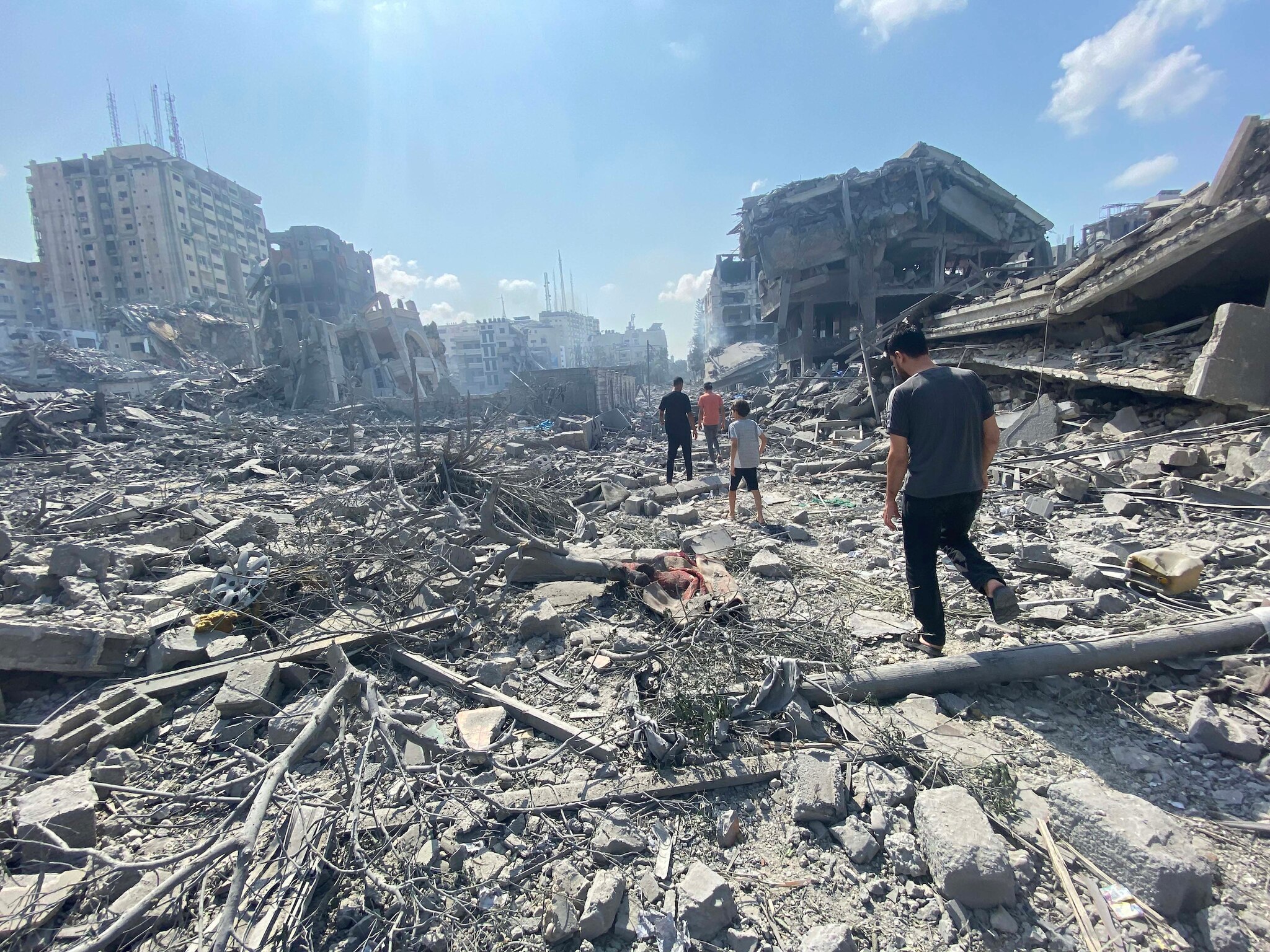 News
NewsThe Committee to Protect Journalists (CPJ) released a statement Tuesday condemning the record death toll of 53 journalists and members of the press during the Israel-Hamas War. CPJ has documented journalist deaths that have occured since October 7, when Hamas launched an attack on Israel followed by Israel declaring war on Hamas. The organization added that the war marks “the deadliest month for journalists since CPJ began gathering data in 1992.”
According to CPJ, November 18 was the second deadliest day for journalists since the start of the most recent hostilities, with five journalists killed. CPJ reiterated that journalists are protected by international law, with Middle East and North Africa program coordinator Sherif Mansour stating:
CPJ emphasizes that journalists are civilians doing important work during times of crisis and must not be targeted by warring parties. Journalists across the region are making great sacrifices to cover this heart-breaking conflict. Those in Gaza, in particular, have paid, and continue to pay, an unprecedented toll and face exponential threats. Many have lost colleagues, families, and media facilities, and have fled seeking safety when there is no safe haven or exit.
In early November, Reporters Without Borders (RSF) alleged that the Israeli Defense Forces (IDF) are not doing enough to protect journalists on the ground in Gaza, stating:
The Israeli authorities have repeatedly said that their armed forces are “not targeting journalists” but they have not hidden their lack of interest in protecting them either. According to the information so far gathered by RSF, ten of the 36 journalists killed in the Gaza Strip were killed while clearly covering the news.
On Tuesday, two journalists with Al Mayadeen, a Lebanese News outlet alleged to be tied to Hezbollah and Iran, were killed in Israeli airstrikes according to Al Mayadeen and the Lebanese government. Farah Omar and Rabih Me’mari were allegedly killed in South Lebanon just as they finished their 10 AM broadcast. The Chairman of the Board of Directors of Al Mayadeen condemned the killings, stating, “Every correspondent in Lebanon today feels like Farah, and every cameraman in Lebanon also feels like Rabih.” The Prime Minister of Lebanon, Najib Mikati, released a statement to Lebanese state media outlet National News Agency, writing, “This attack proves once again that there are no limits to Israeli crimes, and that its only goal is to silence the media that exposes its crimes and attacks.” The IDF released a statement to the BBC, claiming, “This is an area with active hostilities, where exchanges of fire occur. Presence in the area is dangerous. The incident is under review.”
CPJ previously raised concerns over the climbing journalist death toll in October shortly after Reuters journalist Issam Abdallah was killed by an Israeli airstrike. On Saturday, the Palestinian Journalist Syndicate (PJS) claimed that the journalist death toll is higher than CPJ reports, alleging that 55 members of the media have been killed. The PJS also raised concerns about 20 journalists who are still in Indonesian Hospital, which has been consistently bombed for several days. The IDF previously stated they could not guarantee the safety of reporting in Gaza, repeatedly claiming that Hamas hides behind international journalists, using them as “human shields.”
Journalists in conflict zones are protected by international law. The targeting of journalists during war or conflict violates Article 79 of Protocol I of the Geneva Conventions, which defines journalists on “dangerous professional missions” as civilians, making the targeting of them a war crime. Israel is not a party to Protocol I, but Palestine and Lebanon are. A UN commission has already made allegations of war crimes by both Hamas and Israel, with Human Rights Watch (HRW) also alleging that Israel is illegally using white phosphorous munitions.

